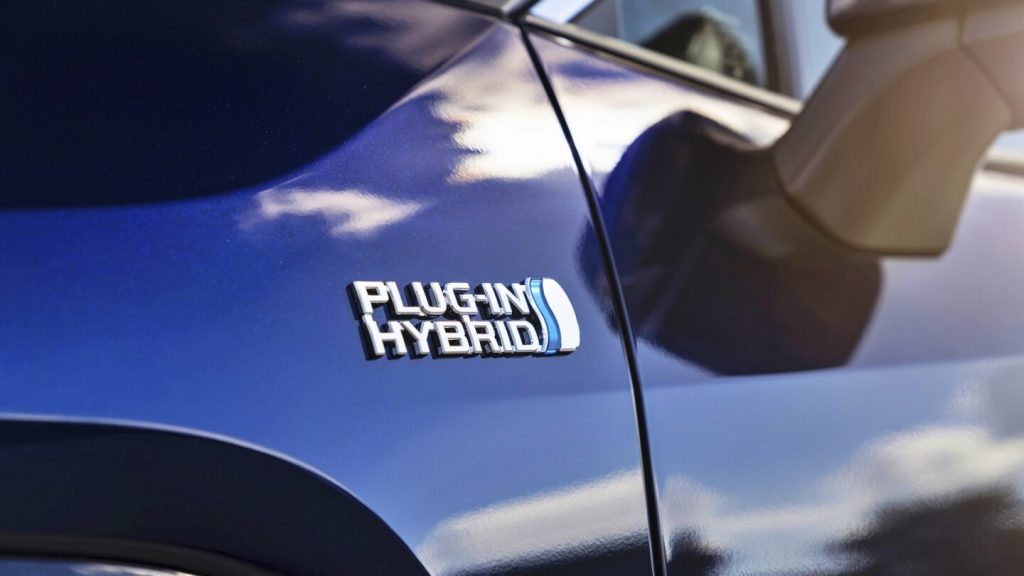When looking to transition from a gasoline-fueled vehicle to a more environmentally-friendly option, the decision between a hybrid and a plug-in hybrid can be tough. Hybrid vehicles have a gasoline engine, a small electric motor, and a small battery pack that work together to improve fuel economy and performance. On the other hand, plug-in hybrids offer electric-only driving for a short range and can be plugged in to recharge. While hybrids are more common and come in various shapes and sizes, plug-in hybrids typically offer more electric-only driving and require charging.
Hybrid vehicles are known for improving fuel economy, reducing emissions, and operating with lower costs without needing to be plugged in. They are available in a wide range of models, making them accessible to many consumers. On the other hand, plug-in hybrids offer electric-only driving for short daily tasks, such as commuting or running errands, without the worry of running out of battery charge. They can be charged at home or public charging stations and may qualify for federal tax credits.
The decision between a hybrid and a plug-in hybrid ultimately comes down to personal preferences and priorities. If saving money at the fuel pump is the main goal, a hybrid may be the better choice. However, for those looking to reduce gasoline use as much as possible without fully committing to an electric vehicle, a plug-in hybrid offers the best of both worlds. Edmunds recommends assessing the desire for electric-only driving, willingness to pay more for a vehicle, and tolerance for the extra hassle of charging to make the right choice.
Overall, both hybrid and plug-in hybrid vehicles offer environmentally-friendly options for drivers looking to reduce their carbon footprint. With advancements in technology and an increasing variety of models available in the market, consumers now have more choices to make a conscious decision towards sustainability. Whether opting for a hybrid for its simplicity and cost-effectiveness or choosing a plug-in hybrid for more electric-only driving capabilities, the transition to greener transportation options is becoming more accessible to all.















